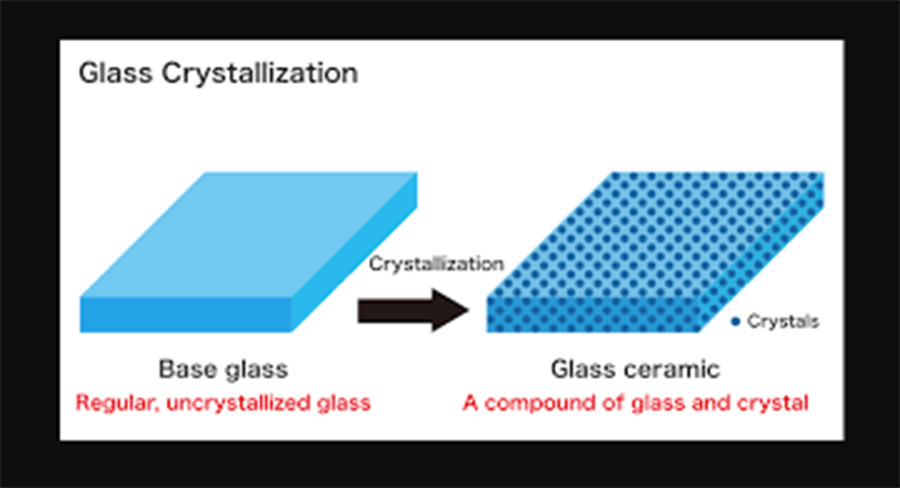Home » Blog » What is Glass Ceramics? what all are its applications
Posted on : 31-01-2024 Author : Mary Rodrigues

Glass ceramics are a type of engineered material that combines the properties of glass and ceramics. They are created through controlled crystallization of glass, resulting in a microstructure containing both glassy (amorphous) and crystalline phases. This unique structure imparts glass ceramics with a combination of desirable properties, including high mechanical strength, thermal stability, chemical resistance, and optical transparency. The technology behind glass ceramics involves several key steps in manufacturing:
Composition Design: Glass ceramics are typically produced from specific compositions of raw materials, including silica (SiO2), alumina (Al2O3), and other additives such as nucleating agents and stabilizers. The composition is carefully tailored to achieve desired properties and facilitate controlled crystallization during heat treatment.
Melting and Forming: The raw materials are melted together in a furnace at high temperatures to form a homogeneous molten glass. Various shaping techniques such as casting, pressing, or molding can be employed to form the glass into the desired shape or size.
Controlled Crystallization: After forming, the glass undergoes controlled heat treatment, known as nucleation and crystallization, to induce the formation of crystalline phases within the glass matrix. This process involves heating the glass to specific temperatures and holding it for a certain duration to promote nucleation and growth of crystals.
Annealing: Once the desired crystalline structure is achieved, the glass ceramic is slowly cooled to room temperature to relieve internal stresses and enhance its mechanical stability.
The resulting glass ceramic material exhibits a fine-grained microstructure with dispersed crystalline phases embedded in a glassy matrix. This microstructure imparts unique
properties to glass ceramics, making them suitable for a wide range of applications
Overall, glass ceramics offer a versatile combination of properties that make them suitable for diverse industrial, medical, and consumer applications, where the unique properties of glass and ceramics are required simultaneously.